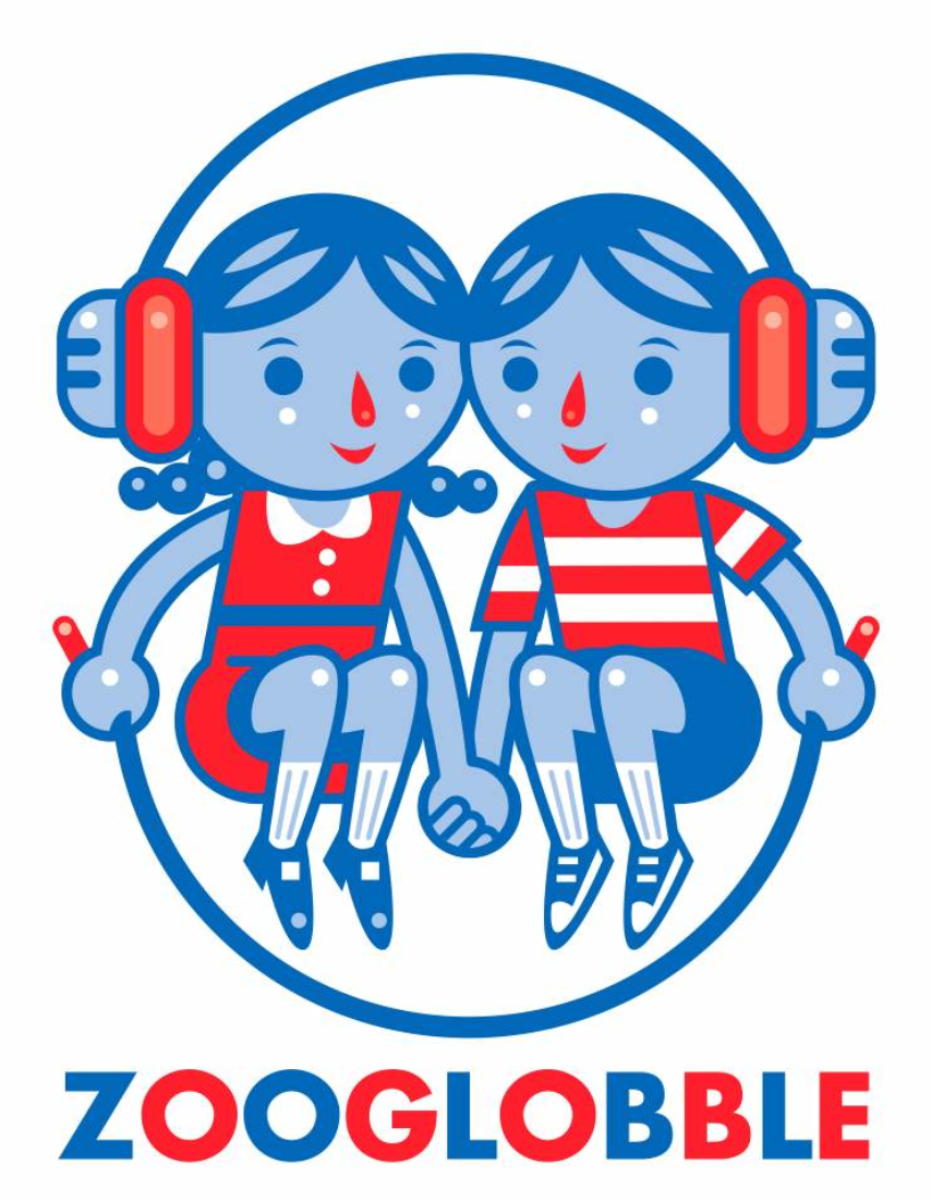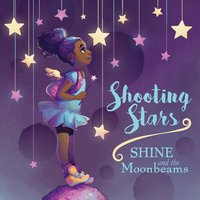It is easy to think of Smithsonian Folkways Recordings as the record label of Ella Jenkins, Pete Seeger, and many more who joined the label more than a half-century ago. But they've also signed up to release recordings from artists not even born when Ella and Pete first started recording -- hi, Elizabeth Mitchell, welcome, Sarah Lee Guthrie!
From that perspective, the fact that Los Angeles-based musician and educator José-Luis Orozco has joined the Folkways fold is both entirely fitting and novel. If you're not familiar with Orozco's work, then there's a good chance that you haven't been in a classroom with young kids, particularly a classroom with bilingual kids. Since 1971, Orozco has released 15 albums; his website's biography page says those albums (along with a DVD and 3 songbooks) have sold more than two million copies, and I believe it -- if you look at the iTunes and Amazon best-selling children's music lists, his albums, particularly De Colores and Other Latin American Folk Songs, are often found there. (That album is one of the very few kids' music albums that my wife, who's taught young kids and in classrooms with lots of bilingual speakers, introduced to me.)
Which brings us to !Come Bien! Eat Right!, Orozco's 16th album and his first distributed through Smithsonian Folkways. In one sense, it feels completely natural that a musician and educator of Orozco's standing should be part of a record label so committed to celebrating and spreading the folk music of the world here in the United States (and around the world). And in another sense, you're surprised that this grandfather isn't already part of that family and that it's taken all this time for the two to finally partner.
The album's theme, in case you haven't already guessed it from the title and album cover, is healthy eating. It features 38 songs, the first 19 in Spanish, followed by the same 19 songs in English translation. So, for example, the album leads off with "Damos gracias," a simple blessing sung in Spanish and accompanied only by percussion from producer and well-known Latin musician Quetzal Flores -- and then you can fast-forward nineteen tracks to track #20, "Thanksgiving," and listen to the same song (and arrangement) sung in English.
On Orozco moves through the meal -- fruits, vegetables, proteins, grains. Musically, the accompaniment is generally simple, but I think it shines best when it features other Los Angeles musicians, such as Gabriel Tenorio on the quinto sonero on "La comida en mi plato/The Food on My Plate" or Tylana Enomoto on violin on "Verduras/Veggies," one of my favorite tracks. There's some call and response on the album featuring a couple of kids, and, of course, "De Colores" makes an appearance, nimbly reworked into a song called "Sabroses colors/Tasty Colors," all about eating fruits and vegetables with healthy colors. And -- yay! -- "Chocolate," a classic traditional song that's always fun to sing along with.
You might think that this album is "educational," and... it totally is. I don't speak much Spanish, and so I could listen to the Spanish language tracks and enjoy them, but when I switched to the English-language versions, some of them seemed very... educational and lacking some of the vibrancy I felt on the Spanish-language track. Now that's OK, but if you -- or your kid -- are expecting something freewheeling, this album isn't that. There are definitely songs you could pull out and place onto a broader playlist, but as something to listen to 62 minutes straight without an explicit expectation that your family will learn more about healthy eating or learning a different language, it's not designed for that.
The album will be most appropriate for kids ages 3 through 7. I feel almost contractually obligated (note: I'm not) to mention that the album packaging and liner notes are lovely -- in this particular case all the notes are produced in Spanish on one side, and English on the other. The lovely illustrations are by Elisa Kleven.
Orozco's music has been heard by literally millions of kids, and his new association with Folkways is not the culmination of a career, but just another feather in the cap of a much-beloved and well-respected musician and educator. It wouldn't be the first choice of mine for an introduction to Spanish-language music, but for educators seeking to broaden their Spanish-language collections or looking for something bilingual to address issues of eating and nutrition, there's a bounty here. And the rest of us can certainly find a number of tracks to nibble on. Recommended.
Note: I received a copy of this album for possible review.

















